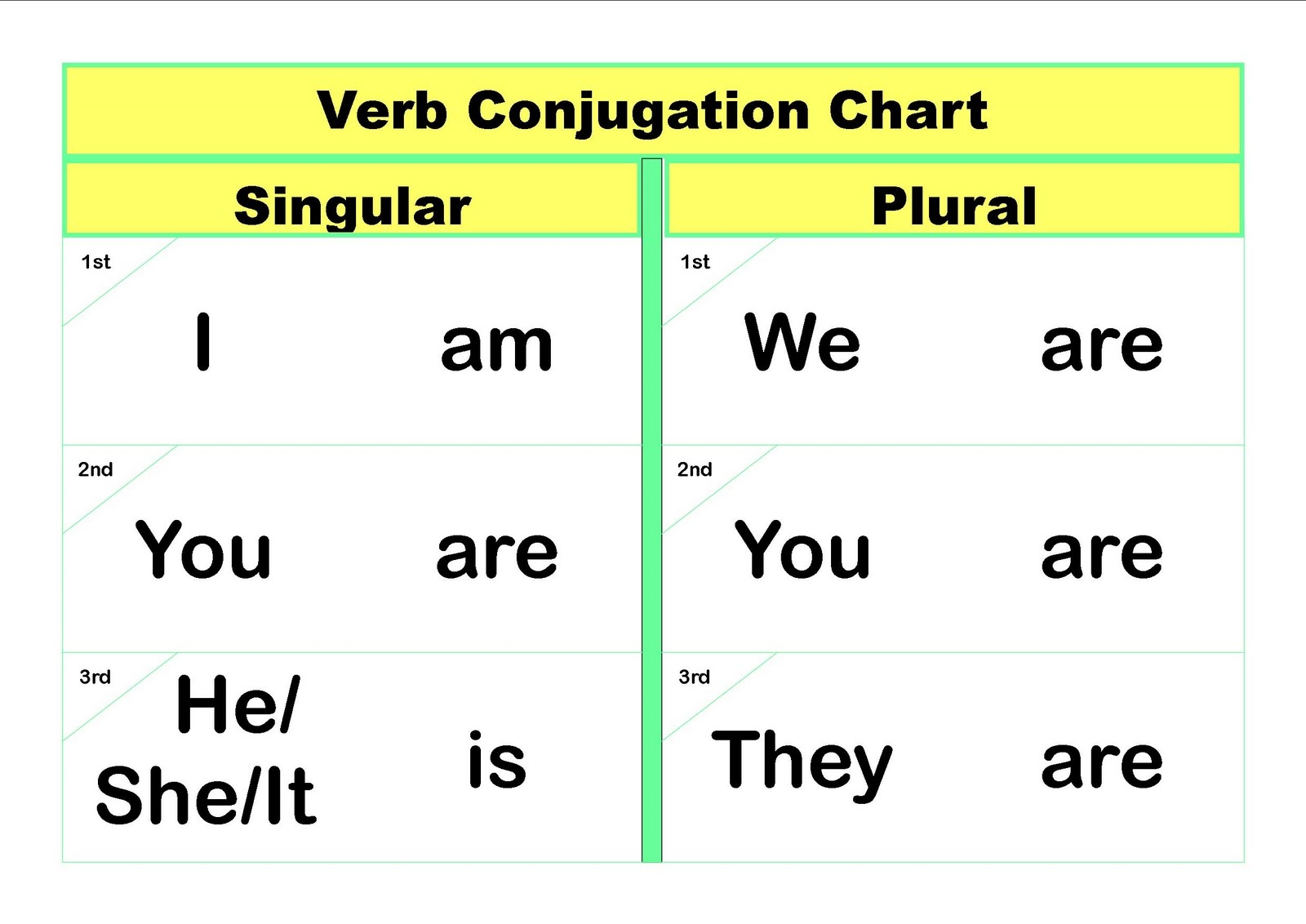Understanding the various forms of the verb “to be” is essential in learning English grammar. The verb “to be” is used to indicate existence, identity, or the state of being. It is a fundamental verb that is conjugated in different forms depending on the subject and tense of the sentence.
Mastering the forms of “to be” can help improve your English language skills and make your sentences more accurate and grammatically correct. In this article, we will explore the different forms of “to be” and how they are used in sentences.
Forms of To Be Chart
Here is a chart outlining the different forms of the verb “to be” in present, past, and future tenses:
| Subject | Present | Past | Future |
|---|---|---|---|
| I | am | was | will be |
| You | are | were | will be |
| He/She/It | is | was | will be |
| We | are | were | will be |
| They | are | were | will be |
As you can see from the chart, the verb “to be” has different forms for each subject and tense. For example, in the present tense, we use “am”, “are”, and “is” depending on the subject. In the past tense, we use “was” and “were”, and in the future tense, we use “will be” for all subjects.
Using the correct form of “to be” is crucial for constructing grammatically correct sentences. It is important to pay attention to the subject and tense of the sentence to ensure that you are using the appropriate form of the verb.
By familiarizing yourself with the forms of “to be” and practicing their usage in sentences, you can enhance your English language skills and improve your overall communication abilities. Remember to refer back to the chart whenever you are unsure about which form of “to be” to use in a sentence.
In conclusion, understanding the forms of the verb “to be” is a fundamental aspect of learning English grammar. By mastering the various forms of “to be” and practicing their usage, you can become more proficient in constructing grammatically correct sentences and expressing yourself effectively in English.
